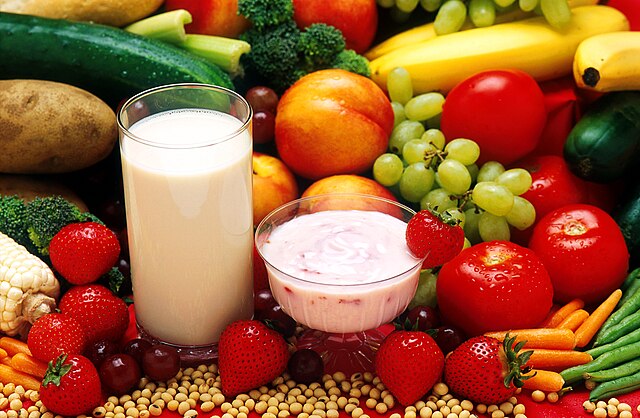There are two categories of products that may be helpful to a patient who has suffered a stroke. The first is adaptive equipment, that helps make adjustments to their environment in order to allow for greater independence. The second is rehabilitation equipment that helps the patient improve strength and coordination, in order to regain skills lost by the stroke.
Equipment For Rehabilitation
For many stroke survivors a great deal of progress is made during their stay in hospital, where they can benefit from specialist equipment and daily exercises with a trained physiotherapist. But the road to recovery is a long one, and small items of exercise equipment at home, use regularly can help speed up the process.
Pedal Exerciser

A pedal exerciser can be used to strengthen both the upper and lower body. When the exerciser is placed on the table, the patient can turn the pedals with their hands, which strengthens arms and chest muscles. With the exerciser down on the floor, it is pedalled like a bike, to strengthen leg muscles. This repeated motion of working both sides of the body in harmony, helps improve bilateral coordination, an essential skill for performing any task that involves both halves of the body.
Hand Putty
Hand putty is a somewhat thicker, and stiffer version of children’s play dough. Simple exercises that use the resistance of the putty can strengthen fingers and improve overall grip:
i) Push small objects, such as a coin or Lego brick, deep inside the putty, then using just one hand the patient pushes through the putty to retrieve the item.
ii) Mold the putty into a small, thick circle on the table, then the patient holds their hand above it, splaying the fingers out to push the edges of the circle out as far they will go, then clawing the putty back in.
iii) Using both hands, the patient can make putty spaghetti by stretching the putty, looping it over, and stretching again, until they have lots of thin strands of putty.
Gym Ball
A gym ball is a cheap piece of equipment, which although requires a fair amount of space, with regular use it can really help improve balance and core stability. Initially the patient practices just sitting on the ball while watching TV or reading a book. Once they are comfortable doing this, they may progress onto alternately lifting each foot off the ground, which works the abdominal muscles even harder.
Regain Your Independence
To assist with independence during everyday activities, there’s a huge range of equipment, both small and large.
There’s no need to go crazy buying every piece of equipment available. Think about the areas of the patient’s life where they would most like to regain their independence, and seek out suitable equipment for that first.
Stairlifts

For many patients, being able to access the bathroom, and their bedroom independently is an important priority. If they are living in a house with stairs, investing in a stairlift can help the patient enjoy all areas of their home once more.
Cushions and Posture Supports
There’s a variety of different cushions and posture supports, that can help make the return to everyday life more comfortable for the patient. Swivel cushions, which make getting out of the car easier are especially useful, as are wedge shaped cushions, which can be used as back support when sitting in most chairs.
Diet

Eating and drinking is an everyday task that adults take for granted, but is frequently affected by a stroke. There are hundreds of different items to make mealtimes easier, such as non-slip bowls and plates, and cutlery that can be strapped to the wrist for improved stability.
Adapting Your Home
There are also dozens of small independence enhancing gadgets that can help with dressing, preparing food, even squeezing toothbrush from the tube and holding a hand of playing cards. You can find advice on mobility aids in this guest post by Acorn Stairlifts. These little adaptations help the patient resume everyday life, which is an essential part of the recovery process.
Support
Speak with an occupational or physiotherapist, or contact a local stroke support group, before you make your purchases. They will be able to advise on what equipment will best suit the patient’s needs, and whether there are any funds to help you purchase it, or organizations you can hire items from.
Guest Post By Acorn Stairlifts, providers of stairlift advice, and experts in the manufacturing and installation of stairlifts.

